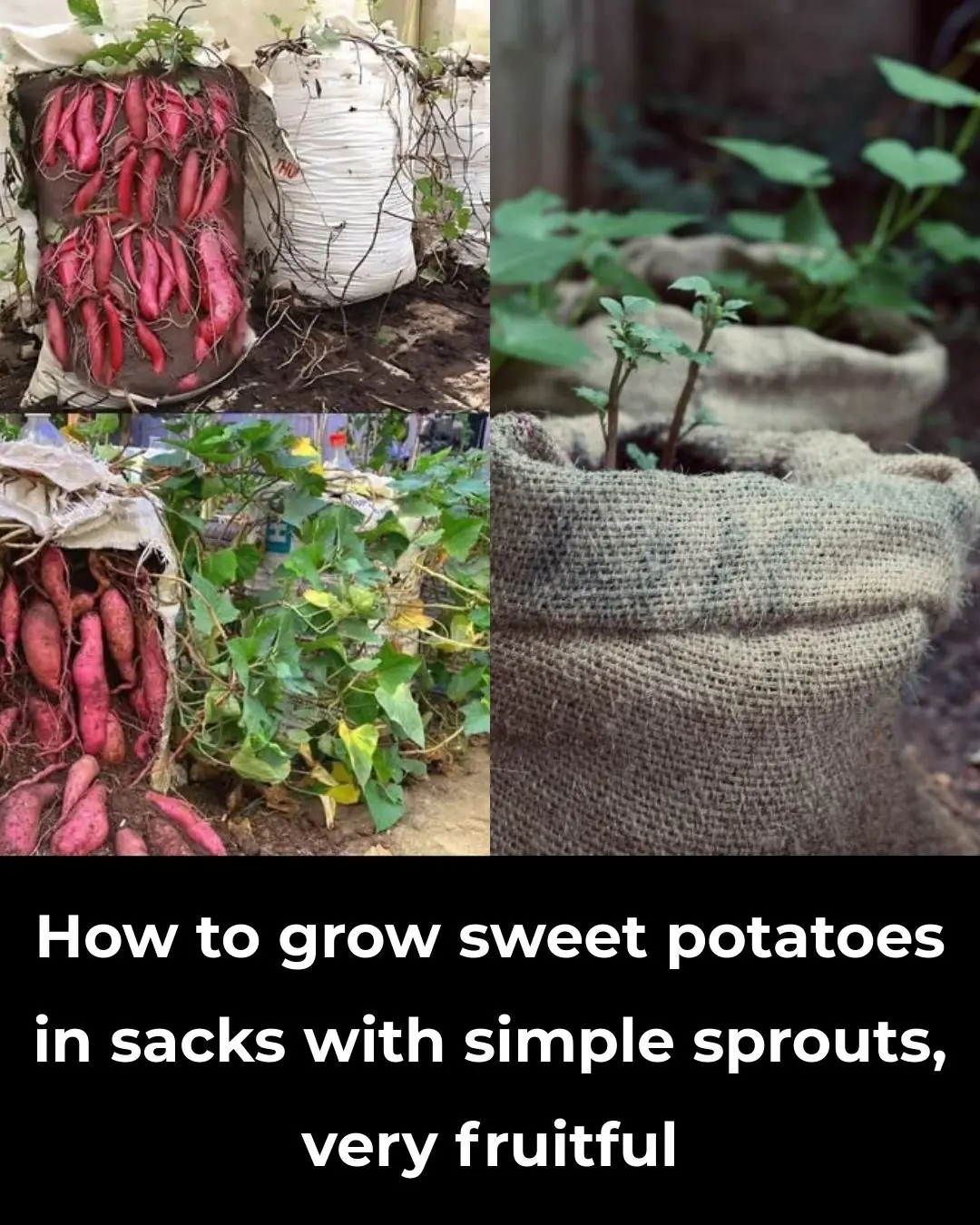
The most powerful anti-cancer food you’ve probably never tried

The Tiny Food That Could Help Activate Your Body’s Natural Defense System
What if a single, unassuming food could help switch on your body’s own built-in protection system—one that supports your ability to defend against cellular damage and maintain long-term health? I’m not talking about a new pharmaceutical breakthrough, a strict dietary overhaul, or an overpriced supplement. I’m talking about something you can buy at your local health store—or even grow on your kitchen counter in less than a week.
With cancer projected to affect one in two men and one in three women over a lifetime, maintaining our health can’t be a passive endeavor. We need simple but powerful tools that support our body’s natural resilience. And that’s where the humble broccoli sprout steps in. Despite its small size, its benefits are remarkably substantial.
This tiny green sprout has become the focus of serious scientific interest thanks to one extraordinary compound: sulforaphane. Research shows that broccoli sprouts contain 20 to 100 times more sulforaphane precursors than mature broccoli. Just imagine—what would normally take pounds of broccoli can be found in a single handful of sprouts.
Sulforaphane acts like a biochemical master switch, helping activate your body's internal defense systems and supporting cellular health from the inside out. In this article, we’ll explore the science behind sulforaphane, why broccoli sprouts are so unique, and how you can easily incorporate them into your daily routine to support overall wellness and resilience.
Key Takeaways
-
A Potent Source of Sulforaphane: Broccoli sprouts contain up to 100× more sulforaphane-producing compounds than adult broccoli.
-
Activates a Protective Pathway: Sulforaphane triggers the NRF2 pathway, a master regulator that turns on hundreds of protective genes.
-
Supports Multiple Layers of Protection: From detoxification to reduced inflammation to DNA protection, sulforaphane influences key cellular processes.
-
Effortless to Add Daily: Just half a cup per day can activate meaningful benefits; sprouts work well in salads, smoothies, sandwiches, and bowls.
-
Affordable and Accessible: You can buy them fresh or grow them at home with nothing more than seeds, water, and a jar.
1. What Is Sulforaphane—and Why Does It Matter So Much?
Sulforaphane is a naturally occurring isothiocyanate—a type of bioactive plant compound produced when cruciferous vegetables are chopped, chewed, or blended. But broccoli sprouts stand out because they’re extraordinarily concentrated in the precursor compound glucoraphanin. When sprouts are broken down, an enzyme called myrosinase converts glucoraphanin into active sulforaphane.
This means that a small serving of sprouts delivers an amount of sulforaphane that would otherwise require eating large volumes of mature broccoli. Nature designed young sprouts to defend themselves while they’re fragile, and humans can benefit from that powerful biochemistry.
Over the last two decades, sulforaphane has been studied for its potential role in supporting detoxification, antioxidant activity, brain health, cellular repair, and more. While it is not a cure or a treatment for disease, it is a well-documented compound that helps support some of the body’s most fundamental protective systems.
2. The NRF2 Pathway: Your Body’s Internal Command Center
Imagine a built-in security system inside every cell of your body—one that turns on only when needed and immediately coordinates a wide range of protective responses. That’s the NRF2 pathway.
Sulforaphane doesn’t work like ordinary antioxidants, which neutralize one free radical at a time. Instead, it activates NRF2, a transcription factor that triggers your cells to express hundreds of protective genes. These genes help your body:
-
produce its own powerful antioxidants
-
enhance detoxification
-
support cellular repair
-
reduce oxidative stress
-
regulate inflammation
What makes this effect even more impressive is its duration: while dietary antioxidants act quickly and then vanish, NRF2 activation can remain effective for days, giving your body a sustained, coordinated boost.
This is why sulforaphane is often described as a “force multiplier” rather than a single-use antioxidant.
3. Four Major Ways Sulforaphane Supports Cellular Protection
Let’s explore the core protective pillars influenced by sulforaphane and the NRF2 pathway.
1. Enhanced Detoxification
Your liver is constantly filtering pollutants, chemicals, and other harmful substances that enter your body. Sulforaphane increases the production of Phase II detoxification enzymes, which attach to toxins and help eliminate them more effectively.
Human studies have even shown that people who consume broccoli sprout beverages excrete higher levels of certain airborne pollutants, indicating enhanced detoxification activity.
2. Supporting Healthy DNA Repair
DNA damage can occur from pollution, UV light, inflammation, or oxidative stress. When DNA isn’t repaired properly, mutations may develop. Sulforaphane supports the body’s natural DNA maintenance mechanisms, helping preserve the stability of your genetic blueprint and reducing the likelihood of mutations persisting.
3. Calming Chronic Inflammation
Low-grade, long-term inflammation can quietly contribute to numerous chronic conditions. Sulforaphane helps regulate inflammatory signaling pathways, reducing the “background noise” that can stress the body over time. This creates an internal environment less favorable to cellular damage.
4. Encouraging Abnormal Cells to Self-Destruct
Healthy cells follow a natural lifecycle that includes programmed cell death (apoptosis). Some abnormal cells resist this process. Sulforaphane has been shown in lab and animal studies to encourage these damaged or dysfunctional cells to resume their self-destruct sequence—an essential part of maintaining healthy tissue over time.
4. How to Easily Add Broccoli Sprouts to Your Life
The scientific benefits are impressive, but what makes broccoli sprouts so appealing is how simple they are to incorporate into your routine.
Where to Buy Them
Most natural food stores and many grocery chains carry refrigerated clamshell containers of fresh broccoli sprouts. Choose ones that look crisp and vibrant, with no sliminess or off-odors.
How to Grow Your Own
Growing sprouts at home is incredibly inexpensive and surprisingly fun. You’ll need:
-
a wide-mouth jar
-
a sprouting lid or breathable cloth
-
organic broccoli sprout seeds
Soak the seeds overnight, drain them, and rinse twice daily. Within 4–5 days, you’ll have a jar full of fresh sprouts ready to enjoy. Homegrown sprouts are often fresher and more flavorful than store-bought versions.
How to Eat Them
Their flavor is mild with a peppery kick. Try adding sprouts to:
-
salads
-
smoothies
-
sandwiches and wraps
-
grain bowls
-
soups
-
avocado toast
If you’re sensitive to their taste, blending them into a smoothie with fruit is the easiest way to enjoy them without noticing the flavor.
How Much Do You Need?
Research suggests that ½ cup per day is enough to activate beneficial pathways. You don’t need huge amounts—consistency is the key.
Conclusion
When it comes to supporting long-term wellness, it’s often the simplest habits that make the biggest difference. Broccoli sprouts are a perfect example: affordable, widely accessible, easy to grow, and backed by decades of scientific interest. While they aren’t a cure or a substitute for medical care, they offer a natural, proactive way to support your body’s built-in defense systems.
By enjoying even a small handful each day, you’re giving your body tools to strengthen its resilience from the inside out. Whether you sprinkle them on a salad or blend them into a smoothie, broccoli sprouts are one of nature’s most convenient and powerful nutritional allies.
Take a small step today—and your future self may thank you for years to come.
News in the same category

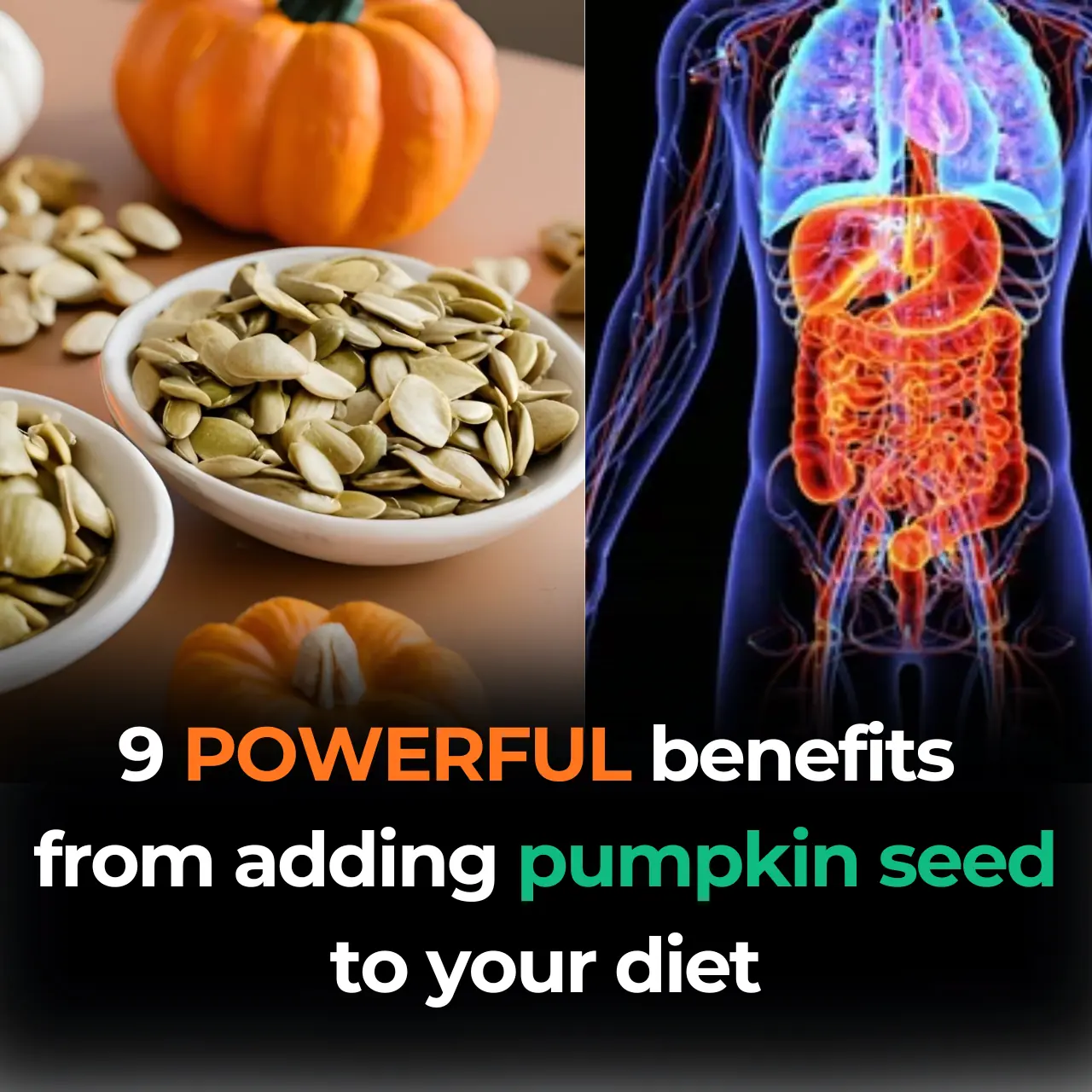
Scientifically Proven Benefits of Pumpkin Seeds (Pepitas) and Pumpkin Seed Oil

The single move that instantly clears congestion and drains your sinuses

11 Health Warnings Your Fingernails May Be Sending
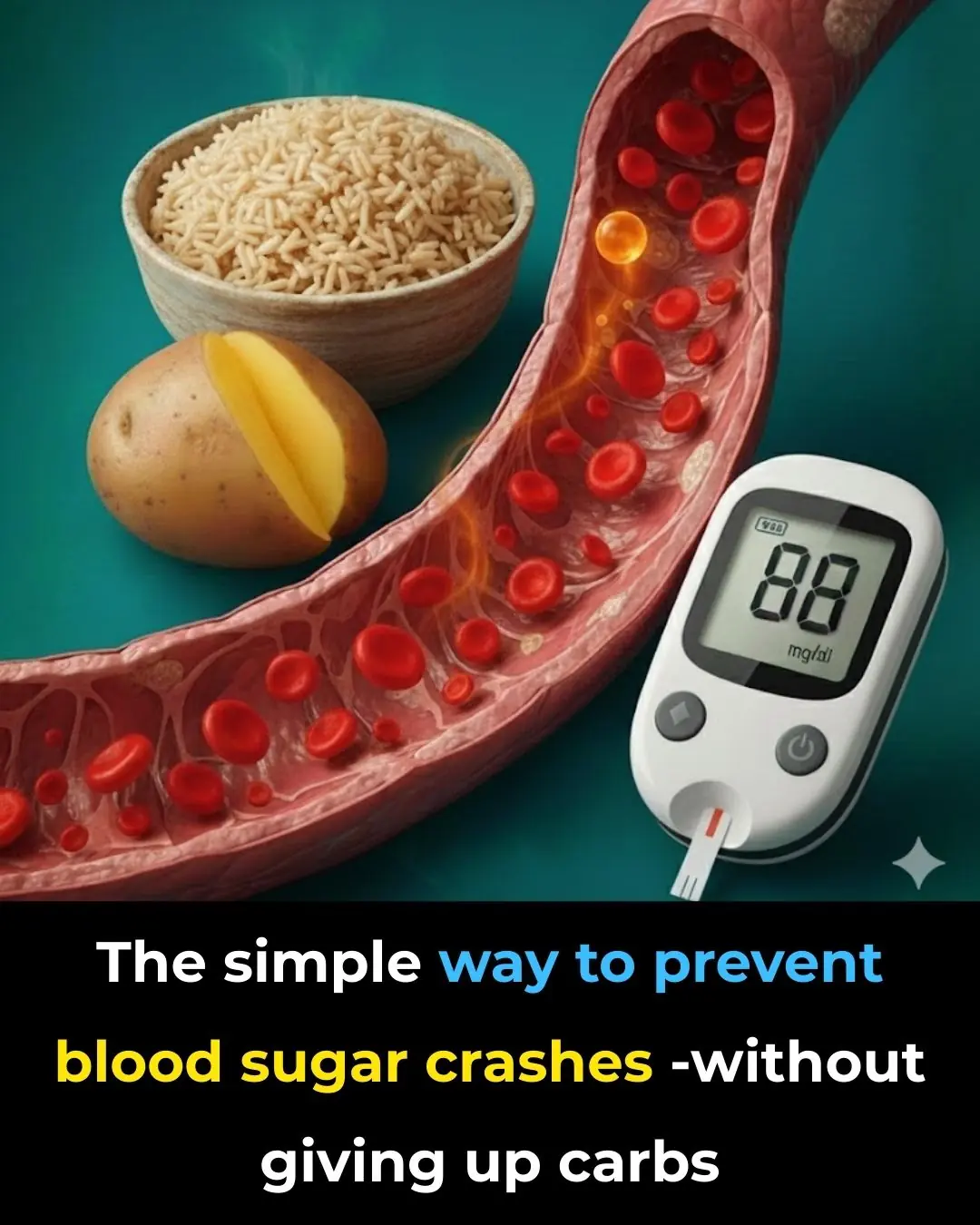
Stop blood sugar spikes—enjoy carbs without the crash!

🩺 Be Aware: If You Notice This Skin Change, It Could Be Skin Cancer — Here’s What to Look For
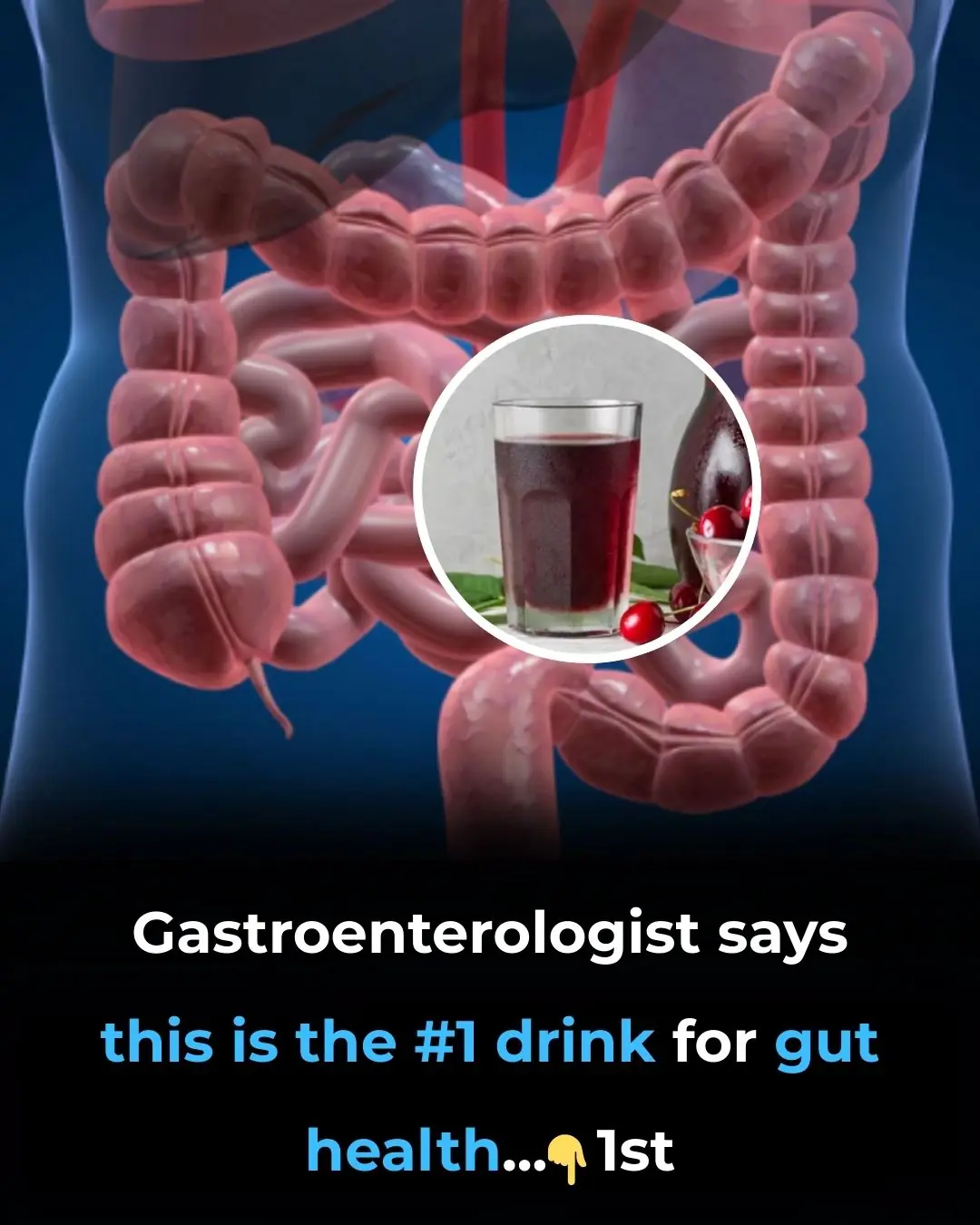
Gastroenterologist says this is the #1 drink for gut health

What your body does when you drink coffee every day

The 5 best supplements to soothe nerve pain and tingling

Doctor says this is the #1 supplement to take if you have arthritis

Stop blood sugar spikes—enjoy carbs without the crash!
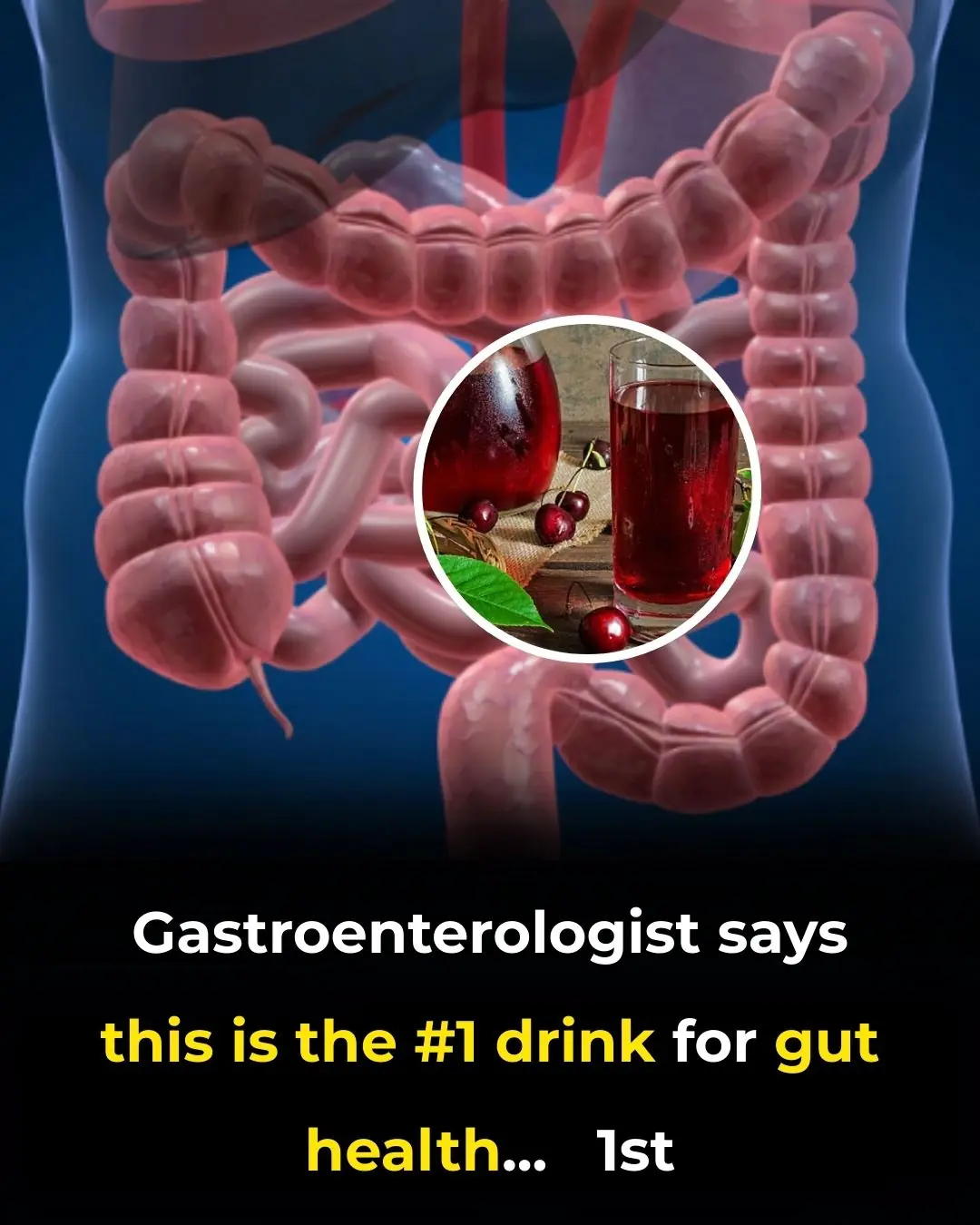
Gastroenterologist says this is the #1 drink for gut health

6 Types of Warts (Signs, Symptoms, Home Remedies, and Treatment)
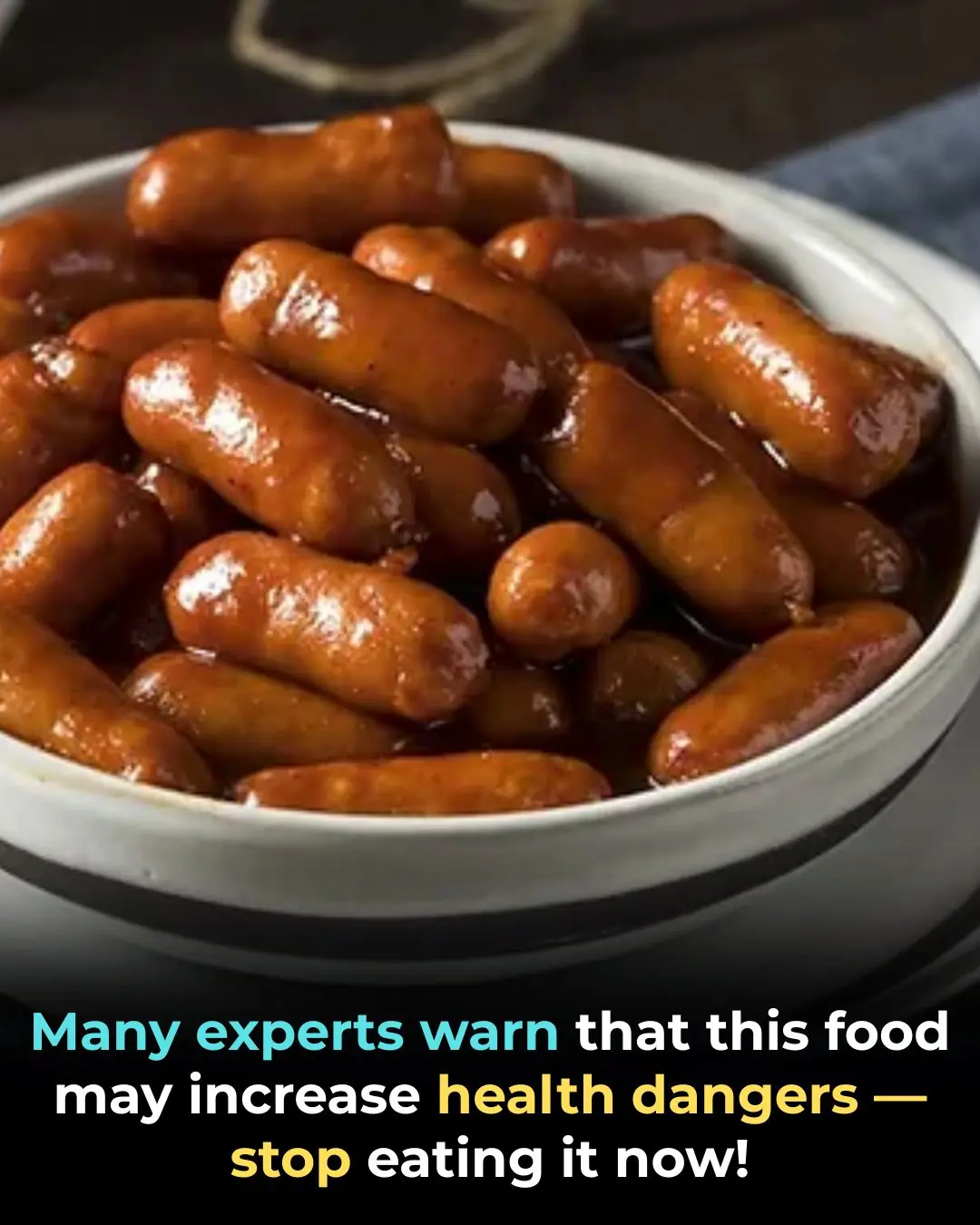
Many experts warn that this food may increase health dangers — stop eating it now!

Gentle Stretches to Relieve Sciatica Pain

93% of people won’t do this yet it lowers blood pressure quickly

What Happens to Your Body When You Eat Canned Tuna Every Day
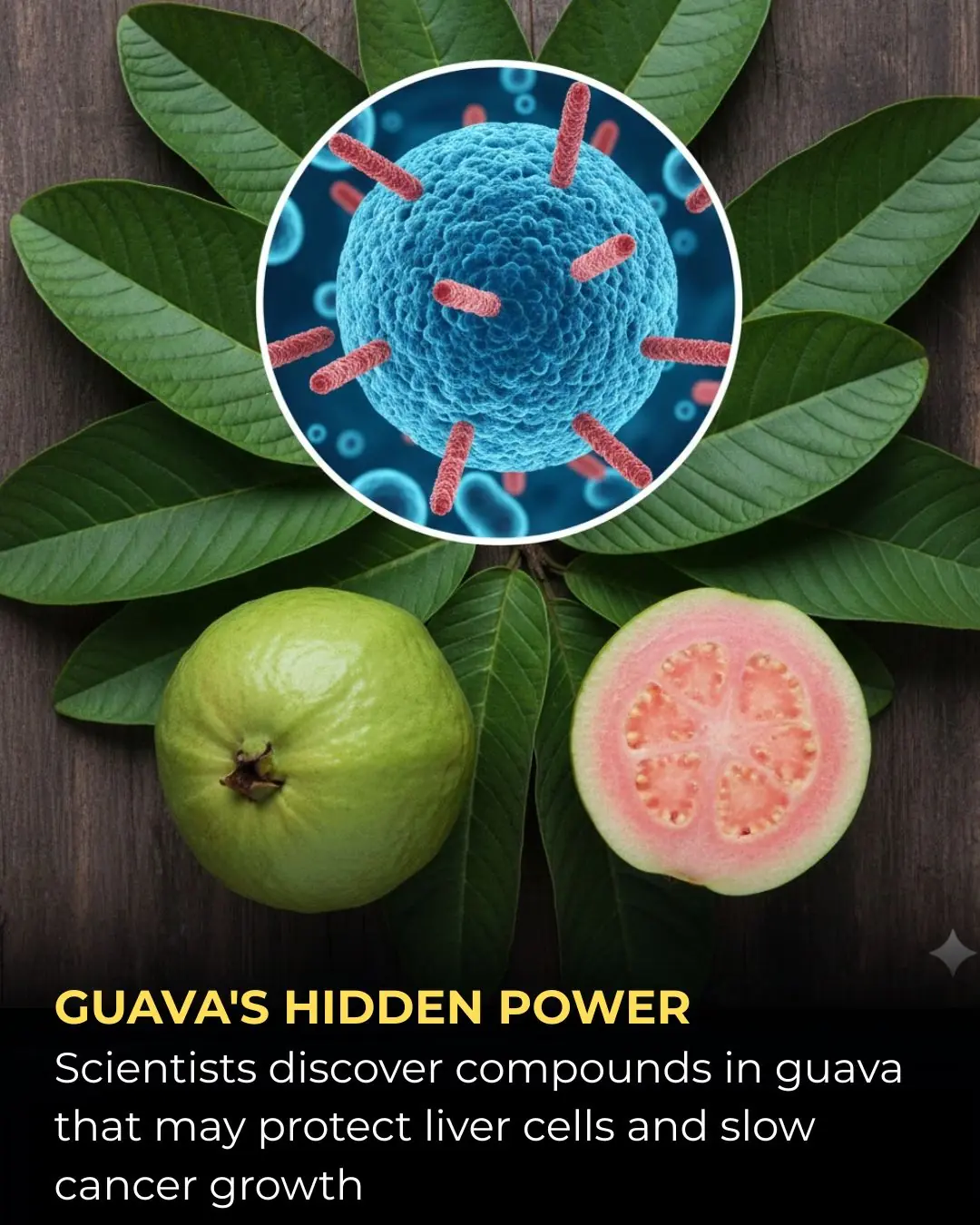
This Tropical Fruit Could Help Protect Your Liver and Fight Cancer

6 Foods You Absolutely Need To Avoid If You Suffer From a Thyroid Disorder
News Post

Utqiagvik Enters 64 Days of Darkness: Inside Alaska’s Annual Polar Night
The Versatility and Benefits of Orange Peel Powder

Here’s the secret why everyone puts avocados on the fire!
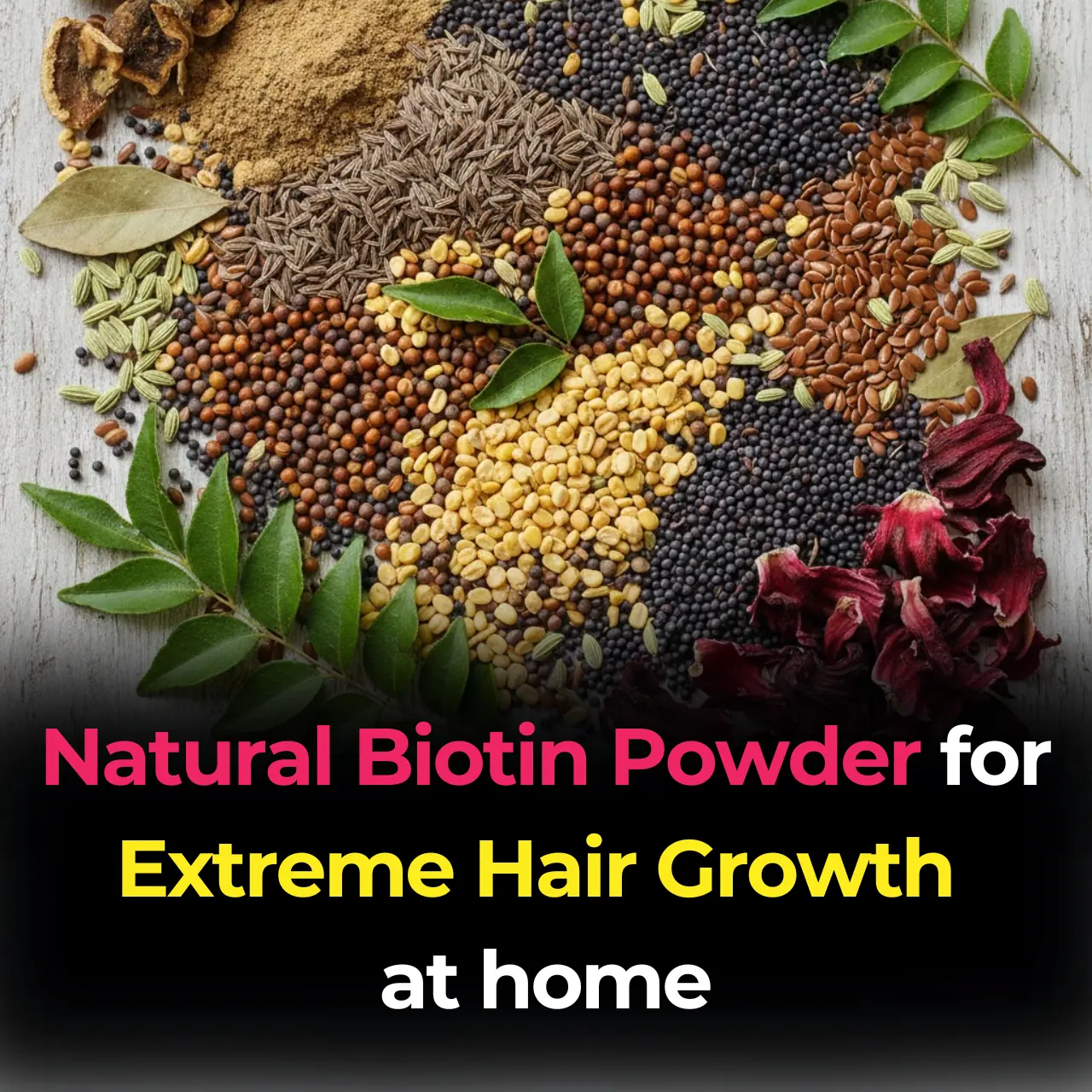
Natural Biotin Powder: Get New Hair in Bald Patch, Extreme Hair Growth

Community Backlash Stops Padel Court Plans in Bath Amid Rising Demand

Scientifically Proven Benefits of Pumpkin Seeds (Pepitas) and Pumpkin Seed Oil

26 Years, 214 Countries, 900,000 Kilometers: The Epic Journey of Gunther and Christine

My nana taught me this hack to get rid of dark circles in 5 mins with 0 work. Here’s how it works

The single move that instantly clears congestion and drains your sinuses

Put a cotton ball with VapoRub in your ear & get this remarkable effect

A Drink That May Help Reduce Cancer Risk: Not Tea or Coffee

Tips for preserving ginger without refrigeration

11 Health Warnings Your Fingernails May Be Sending

Whether It’s AA or AAA, Don’t Throw Them Away When They Run Out — Here’s a Simple Way to Revive Batteries in 10 Seconds

If the fan is dirty, you don't need to remove the frame or use water

Placing a Sock on Top of Your Air Conditioner: A Small Trick With Big Benefits—Especially on Scorching Days

My nana taught me this hack to strengthen thinning hair in 7 mins with 0 work. Here’s how it works

When you buy cilantro, don't put it in the refrigerator right away

Simple Tips to Clean Your Phone’s Speaker at Home — Anyone Can Do It
